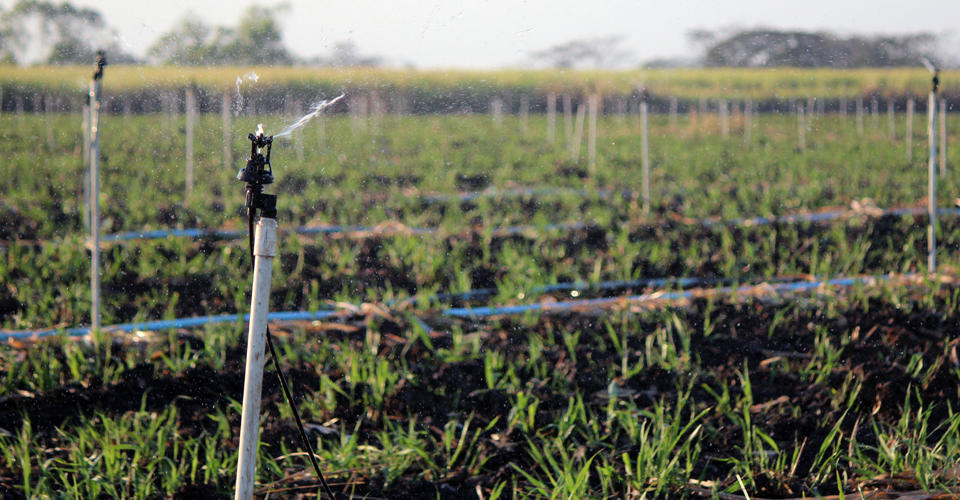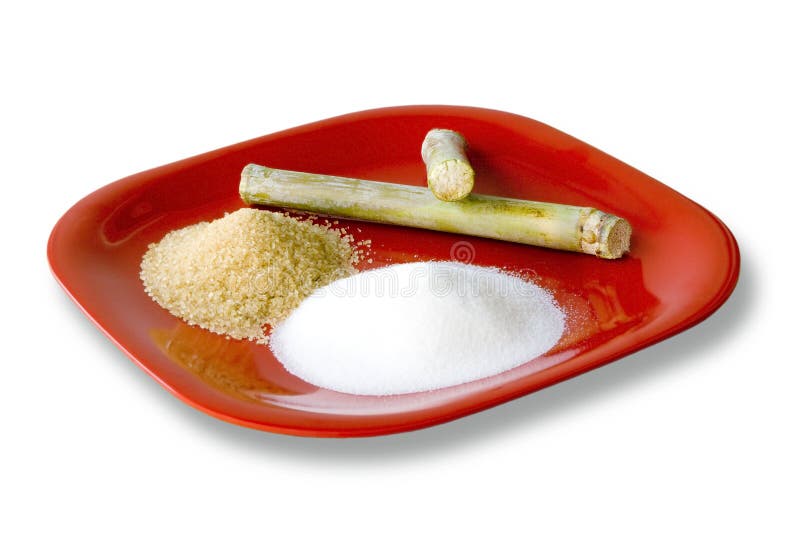Sugarcane Product in Traditional Remedies: Health Benefits You Should Know
Sugarcane Product in Traditional Remedies: Health Benefits You Should Know
Blog Article
The Trip of Sugarcane: From Harvest to Everyday Products
The trip of sugarcane is a diverse process that begins with precise growing and culminates in a range of items that penetrate our everyday lives. As we discover the different aspects of sugarcane's journey, its duty in sustainability and the wider ramifications for our setting come into sharper focus.
Cultivation of Sugarcane
The farming of sugarcane is a vital agricultural procedure that needs certain ecological problems and management methods. Ideal development takes place in tropical and subtropical regions where temperatures vary in between 20 ° C and 32 ° C. Adequate rains or watering is necessary, as sugarcane flourishes in moist soil with well-drained problems (sugarcane product). Soil top quality significantly influences return; therefore, farmers typically carry out soil tests to determine nutrient demands
Planting generally occurs in rows, utilizing stem cuttings recognized as setts, which are planted horizontally. This approach assists in reliable harvesting and makes the most of sunlight direct exposure. Crop rotation and intercropping are suggested practices to improve soil fertility and minimize pest invasions. Additionally, farmers employ integrated pest monitoring techniques to minimize chemical inputs while guaranteeing healthy crop development.
Fertilizing is one more critical aspect, with potassium, phosphorus, and nitrogen being the main nutrients needed for ideal development. Prompt application of these fertilizers can considerably enhance sugar returns. Additionally, monitoring for diseases and pests throughout the expanding season is essential, as these factors can adversely influence crop health and wellness and performance. Generally, successful sugarcane growing rests on a mix of ecological stewardship, strategic preparation, and ongoing management methods.
Harvesting Techniques
Effective sugarcane growing culminates in the harvesting stage, which is essential for making best use of yield and making sure quality. The timing of the harvest is important; sugarcane is typically gathered when sucrose levels peak, normally between 10 to 18 months after planting. This duration varies based upon environment, dirt type, and sugarcane range.
Harvesting methods can be generally categorized into manual and mechanical methods. Manual harvesting is labor-intensive, counting on proficient workers who make use of machetes to reduce the stalks close to the ground. This approach enables careful harvesting, where just the ripest walking sticks are selected, therefore improving overall sugar material.
Conversely, mechanical harvesting has actually gotten appeal as a result of its efficiency and cost-effectiveness. Specialized farmers outfitted with reducing blades and conveyor systems can process huge areas quickly, dramatically lowering labor costs. This strategy might lead to the incorporation of immature walking canes and a potential decline in sugar quality.

Regardless of the approach utilized, making certain that collected walking sticks are transferred rapidly to refining facilities is important. Trigger managing decreases spoilage and preserves the stability of the sugarcane, establishing the phase for optimum handling.
Processing Methods
Processing sugarcane involves several important steps that change the harvested stalks into useful items, mainly sugar and molasses. The preliminary stage is cleaning the cane to get rid of soil and debris, followed by the extraction of juice via squashing or milling. This process usually uses heavy rollers that damage the walking cane fibers to release the sweet fluid contained within.
As soon as the juice is removed, it undertakes information, where impurities such as soil bits and bagasse are gotten read rid of. This is usually achieved by adding lime and heating up the juice, permitting sedimentation. The clarified juice is then focused with evaporation, where water content is decreased, causing a thick syrup.

Eventually, the processing of sugarcane not only produces sugar and molasses however additionally lays the foundation for numerous derivatives, which will be checked out in subsequent conversations.
Products Derived From Sugarcane
Sugarcane is a functional plant that produces a large range of products past just sugar and molasses. Amongst the primary by-products are ethanol and biofuels, which have acquired prominence as renewable resource resources. Ethanol, produced with the fermentation of sugarcane juice, functions as an alternate to nonrenewable fuel sources and is usually mixed with gasoline to create cleaner-burning gas, lowering greenhouse gas emissions.
Furthermore, sugarcane is a substantial source of bagasse, the coarse deposit remaining after juice removal. Bagasse is utilized in different applications, consisting of the manufacturing of paper, eco-friendly product packaging, and as a biomass gas for power generation. Its use not just minimizes waste but likewise boosts the sustainability of sugarcane handling.
Furthermore, sugarcane-derived products encompass the food market, where it functions as an all-natural flavor agent and sugar in various culinary applications. In the world of cosmetics, sugarcane essences are incorporated into skincare items because of their all-natural exfoliating residential properties.
Ecological Impact and Sustainability
The cultivation and handling of sugarcane have considerable implications for ecological sustainability. This crop needs substantial water sources, usually bring about depletion of regional water supplies and impacting bordering communities. Additionally, making use of plant foods and pesticides in sugarcane farming can lead to visit site soil degradation and river pollution, positioning dangers to biodiversity.

Sustainable sugarcane farming additionally promotes dirt wellness with crop rotation and lowered husbandry, improving carbon sequestration. The adoption of these methods not only sustains environmental honesty however additionally improves the resilience of farming communities against climate adjustment.
Verdict
In recap, the trip of sugarcane incorporates various stages from cultivation to handling, ultimately causing a vast selection of products. The importance of sugarcane prolongs beyond plain sweeteners, contributing to renewable resource through ethanol manufacturing, lasting packaging through bagasse, and all-natural essences for cosmetics. This complex plant plays a crucial role in both nutritional enrichment and ecological sustainability, highlighting its value in modern Full Report agricultural and commercial practices.
Effective sugarcane farming finishes in the harvesting phase, which is critical for optimizing yield and making certain high quality. The timing of the harvest is important; sugarcane is usually collected when sucrose degrees optimal, generally in between 10 to 18 months after growing.Handling sugarcane entails a number of critical actions that transform the collected stalks into functional items, largely sugar and molasses.Sugarcane is a flexible plant that produces a vast range of items beyond simply sugar and molasses. Furthermore, the usage of fertilizers and chemicals in sugarcane farming can result in dirt destruction and waterway air pollution, positioning risks to biodiversity.
Report this page